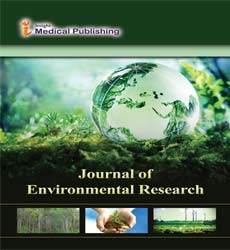How Can We Turn Food Waste Into Fertilizers to Combat Global Warming?
Abstract
Most of the uneaten foods are thrown away to landfills, this wastes decomposes/breaks down which creates greenhouse gases which leads to global warming than Climate change. To avoid this, itâ??s good to collect food waste and recycle them using the food waste recycle machine which turns food waste into fertilizers. You will be able to supply your fertilizers to farmers to grow their crops. Based on the 2011 Food Balance Sheets, the FAO estimates that the annual global volume of food wastage generated has a carbon footprint of 3.6 Gt of CO2 eq (excluding land use change). If food wastage were a country, it would be the third largest emitter in the world, after USA and China (FAO, 2015). Furthermore, 24% of freshwater resources and 23% of the cropland used to produce food in 2011 was lost throughout the food supply chain (Kummu et al., 2012). At EU level, food waste has an annual climate change impact of 186 Mt CO2 eq., representing almost 16% of the carbon footprint of the total food chain (Scherhaufer et al. 2018). Based on 2009 commodity prices at producer level, the FAO estimates the economic costs of global wastage of agricultural food products, thus excluding fish and seafood, at $750 billion (FAO, 2013a). In 2014, FAO adapted the figures to 2012 prices and replaced the producer prices for post-agricultural wastage with import/export market prices. This leads to a final monetary value of $936 billion for global food wastage (FAO,2014).
Open Access Journals
- Aquaculture & Veterinary Science
- Chemistry & Chemical Sciences
- Clinical Sciences
- Engineering
- General Science
- Genetics & Molecular Biology
- Health Care & Nursing
- Immunology & Microbiology
- Materials Science
- Mathematics & Physics
- Medical Sciences
- Neurology & Psychiatry
- Oncology & Cancer Science
- Pharmaceutical Sciences
